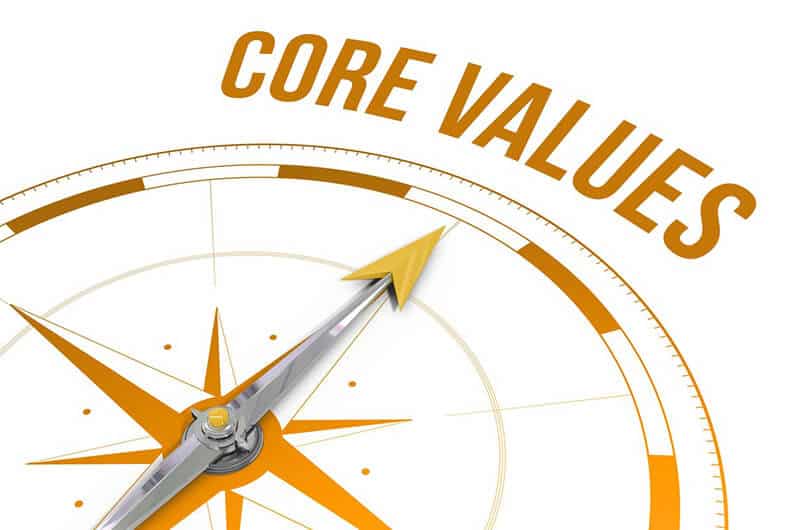As a customer experience professional, I get caught up in the numbers. Customer Effort Scores. C-SAT, NPS, etc. As an organizational leader, my number focus moves to profit, employee engagement, growth, etc.
A BASIC OF THE CUSTOMER EXPERIENCE
A small note on my notebook catches my attention multiple times a day. “CSR” which is my code for Customer Success Rules. Although I can help companies tie customer experience (CX) to profit and growth and demonstrate how investing in the customer experience can drive fierce loyalty for both customers and employees. I admit, we, sometimes lose the primary reason for the efforts to improve the customer experience (CX). Customer Success! Ultimately we all want success for our customers. There is no product or service that isn’t intended to solve a customer’s problem. From a soft drink that quenches a thirst to an architect’s design for an office space. Focusing on the CX with a commitment to understanding the customer’s expectations throughout a project lifecycle and then adjusting your response to ensure a customer’s defined success is a business discipline cultural in nature.
CUSTOMER EXPERIENCE IS A TOOL
You’ve heard the adage “Culture Eats Strategy for Lunch.” Well, it also eats the uninspiring focus on just the numbers. Employees (especially those in the professional services industry) join no company to improve the gross margin or the customer effort score. Most wanted to be part of an organization that do the right things right and solve people’s problems. Your employees are no different. Employees want tools to identify and solve problems for their respective customers (internal or external). A single-mindedness on the customer experience gives company leadership the ultimate core cultural component to align all other operational efforts. This focus on the CX becomes a tool to enable employees to react to customer success challenges and over time design the desired experience. That reinforces what your employees want in their day-to-day customer relationships management.
IT’S WHY THEY SIGNED UP TO PLAY
Every company has something in their value statement or mission statement about customer service, centricity, intimacy (yikes!), etc. This is an opportunity lost. If a cultural force in a company “eats the lunch” of other important elements of running a sound business (i.e., growth) using it becomes a high-velocity change management instrument. The examples and data are clear. Loyalty leaders outperform their competitors on average of 10x over non-loyalty leaders. Loyalty is driven by consistently solving a customer’s problem with a nuanced experience aligned with their expectations. Employee up/down/across your organization will support this because it is why they “signed up to play.” They live to solve customers’ problems and revel in a customer’s success and delighted reaction. What better way to align a growth initiative (the economics of loyalty) with an inspiring and easily sellable alignment to a company’s key cultural value of customer focus. The challenge for many firms is moving from including customer-focused language in brand messaging to making it the test for all considerations, decisions, and actions. A test that employees understand and will rally to.
UNSUNG LOYALTY ECONOMICS
“…brand is what they say about you after you have left the room…” Chris Drucker. Consider the brands in your own life. Those that you stick with (and even stick-up for) have secured in your mind they truly want you to succeed in solving your challenges. For this, you remain loyal. That loyalty is not only to continuing to do business with them but maybe utilizing a new capability. It also means you would likely forgive a mistake (e.g., assigning a less than optimal resource to your project). When a real problem develops, you are much more likely to pick up the phone and call them first before dialing your attorney. The same is true for customers of AEC firms. Brand loyalty is a personal and emotional connection. With a commitment to customer success (as defined by the customer) you build on your brand promise to bring each customer and each customer’s project successfully across their finish line.





